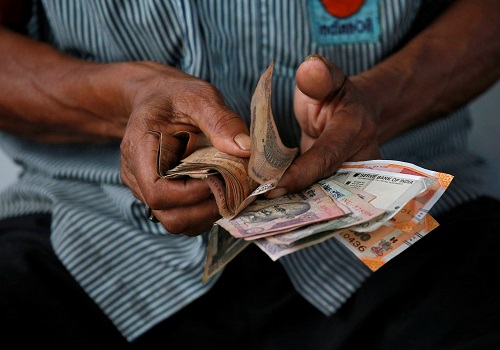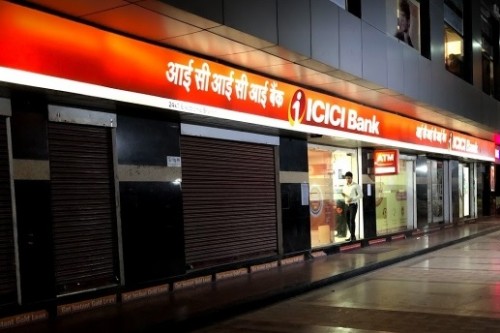Money Market and FX View By Upasna Bharadwaj & Avijit Puri Kotak Mahindra Bank
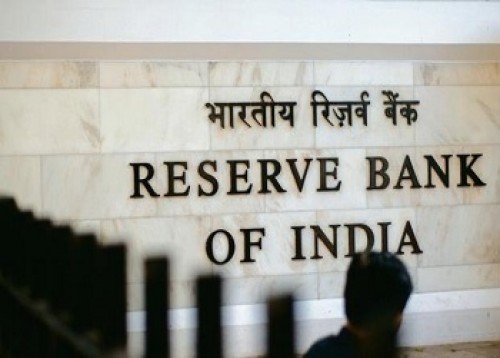
Follow us Now on Telegram ! Get daily 10 - 12 important updates on Business, Finance and Investment. Join our Telegram Channel
https://t.me/InvestmentGuruIndiacom
Download Telegram App before Joining the Channel
System liquidity surplus to remain broadly unchanged
System liquidity surplus to remain broadly unchanged. The system liquidity surplus at the end of last week turned out to be slightly lower than anticipated owing to lower net government spending. On a WoW basis, the average liquidity surplus last week was at Rs5,215 bn as against an average surplus of Rs5,209 bn the previous week. Owing to the comfortable liquidity conditions, average overnight rates remained broadly unchanged at 3.22%, but continue to remain below the reverse repo rate. Going ahead, we expect the system liquidity surplus to remain broadly unchanged this week as inflows from government spending, redemptions, and coupons are likely to balance the outflows from auctions and CIC leakages.
Government’s cash balance to remain in surplus. While state governments remained in WMA to the extent of Rs45 bn (higher than the amount of Rs24 bn last week) as of April 30, 2021, general government’s cash balance, expectedly, remained at a surplus of around Rs2.1 tn. Given the movement in liquidity numbers, we expect the government’s cash balance to have increased to around Rs2.5 tn last week amidst lower than anticipated net government spending. Going ahead this week, we expect the government’s cash balance to remain broadly unchanged at around Rs2.5 tn. Until this week’s auction, states will have borrowed Rs447 bn less than the notified amount. Going ahead, we expect states’ borrowing to normalize towards the indicated levels given that tax collections may come under pressure in the near term owing to re-imposition of localized restrictions.
* Increase in CIC. CIC for the week ending April 30, 2021 rose by Rs76 bn to Rs29.1 tn. The current CIC outstanding is ~14.88% of the FY2021AE nominal GDP.
Liquidity forecast during the week: May 10– May 14 (Rs crore)

* RBI’s actions continue to support bond markets. Bond markets had a positive start to the week after the weekly auction on April 30, 2021 indicated a strong demand for dated securities. Sentiments were further boosted after the RBI Governor announced a second round of purchases worth Rs350 bn under G-SAP 1.0. As a result, yields across maturities fell by 4-7 bps on Wednesday. However, challenges of retaining the 10-year bond yield below 6% on a durable basis on the back of high supply and in the absence of incremental OMOs in the coming week led to profit booking on Friday. Overall, the 10-year benchmark (5.85% GS 2030) ended the week 1 bps lower at 6.02% WoW. We expect the 10-year bond yield to trade around 5.95%-6.10% this week as markets await economic data.
* Economic data awaited. We expect CPI inflation to moderate to 4.1% in April from 5.5% in March on the back of favourable base effects. Food inflation is expected to be lower at around 1.9% as against 4.9% in March, even though on a sequential basis food prices rose by 0.8% amidst higher prices of fruits, pulses and meat. Core inflation is expected to moderate to around 4.8% (5.7% in March), which sequentially, it may post gains of up to 0.3%. Meanwhile, WPI inflation may continue to move higher and is expected to register a reading of around 9.3% as against 7.4% in March amidst higher fuel and commodity prices. We expect IIP growth at around 20.5% (9.1% mom) as against a fall of 3.6% in February. The yoy readings from March will be unusually large as India went into a lockdown in the second half of March in 2020.
* RBI announces measures to ease financing constraints. The RBI, in an unscheduled meeting, acknowledged that while the macro-economic assessment has not changed significantly since the April meeting, the second wave of infections posed a risk for the nascent economic revival. While demand conditions in contact-intensive services, are likely to remain weak, the disruption in manufacturing units so far is minimal. With respect to inflation, the Governor pointed out that the inflation trajectory over the rest of the year will be shaped by the Covid infections and the impact of localized containment measures on supply chains and logistics and by commodity prices. In addition to announcing a second round of purchase of government securities for an aggregate amount of Rs350 bn under G-SAP 1.0, the RBI also announced additional measures in the form of reopening a debt restructuring scheme for individuals, small businesses and MSMEs, a liquidity facility for small finance banks that provide support to SMEs, and liquidity support for banks that provide lending support to health-related entities. Credit under this would be classified under priority sector and additionally, banks are expected to create a Covid loan book and will be eligible to park their surplus liquidity up to the size of the Covid loan book with the RBI under the reverse repo window at a rate which is 40 bps higher than the reverse repo rate.
INR strengthens amidst positive global cues
* The INR gained strength last week on the back of continued dollar weakness and positive global risk sentiments, despite the downside risks to growth from a second wave of infections along with re-introduction of localized restrictions. Fed’s assurance of continued asset purchases along with weaker than expected non-farm payroll data pushed the dollar index lower by 1.15% last week. The INR ended the week 0.77% stronger at 73.51, the strongest value in more than a month. As per our technical expert, INR is expected to trade in the range of 73-73.85 in the week ahead.
* Weak jobs data for the US in April. Non-farm payrolls increased by only 266k in the US as against a consensus of around 1mn. This poor outcome was confirmed by the rising unemployment rate to 6.1% from 6.0%. We believe that the huge miss in the non-farm payrolls expectations validates the Fed’s argument that the economy remains nowhere close to full employment, implying that monetary policy needs to remain accommodative for a longer time.
* BOE to reduce the pace of bond-buying. The BoE kept its benchmark interest rate unchanged at 0.1% and the total size of its bond-buying programme unchanged at GBP895 bn. The central bank decided to slow the pace of its bond-buying to GBP3.4 bn a week as against the current pace of GBP4.4 bn as it sharply increased its forecast for UK's economic growth in CY2021 (7.25% as against the earlier projection of 5%), but it stressed that it was not tightening monetary policy.
To Read Complete Report & Disclaimer Click Here
Above views are of the author and not of the website kindly read disclaimer
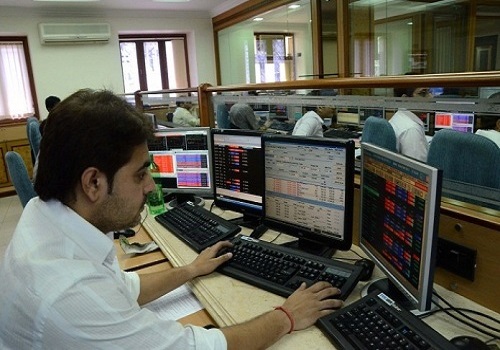







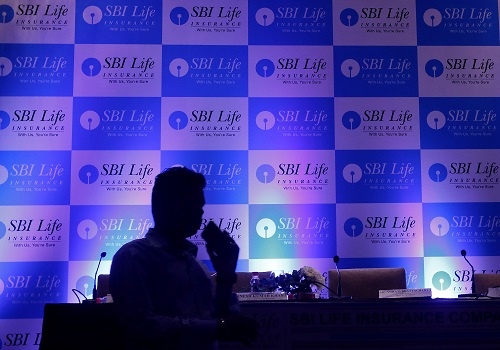

Tag News

Monthly Debt Market Update, September 2023: CareEdge Ratings



More News

The Value of Cross Border Transactions are 150 Trillion in 2022, out of which 80% are in Dol...





